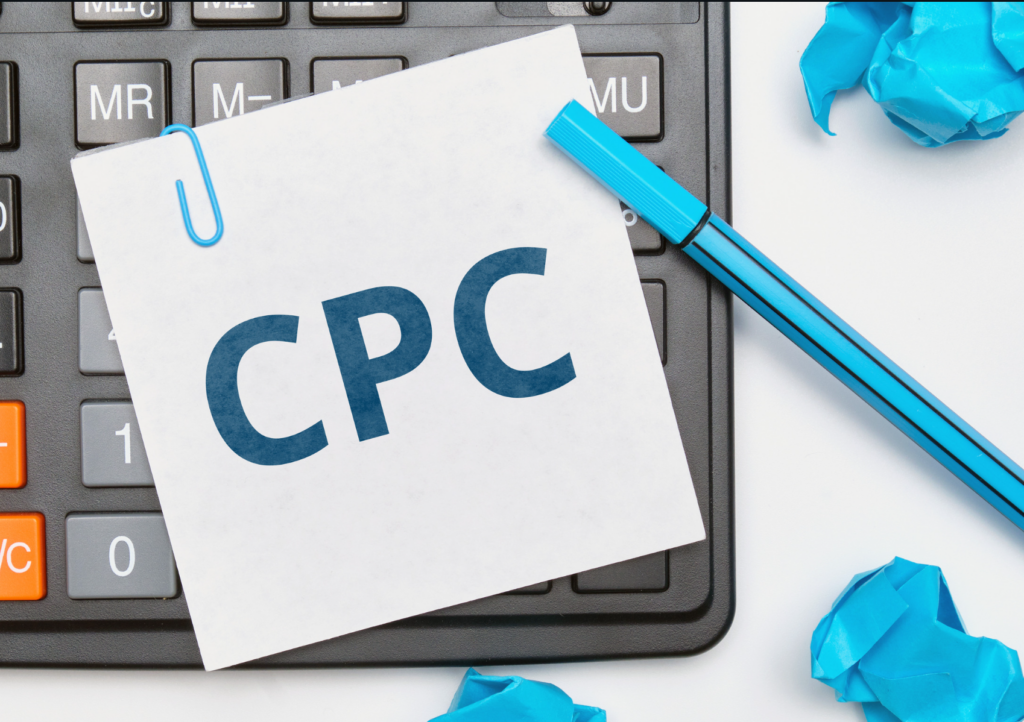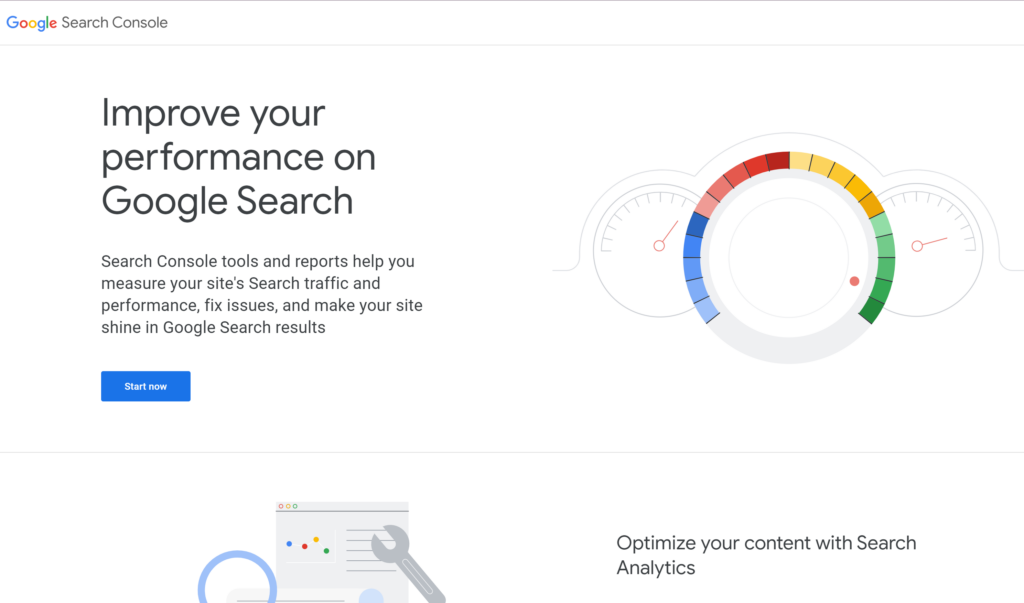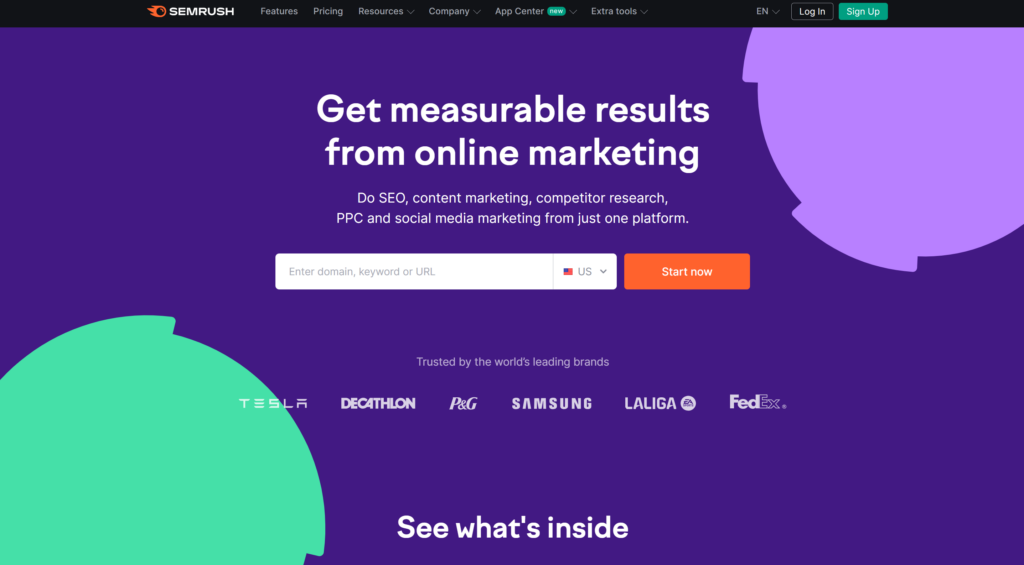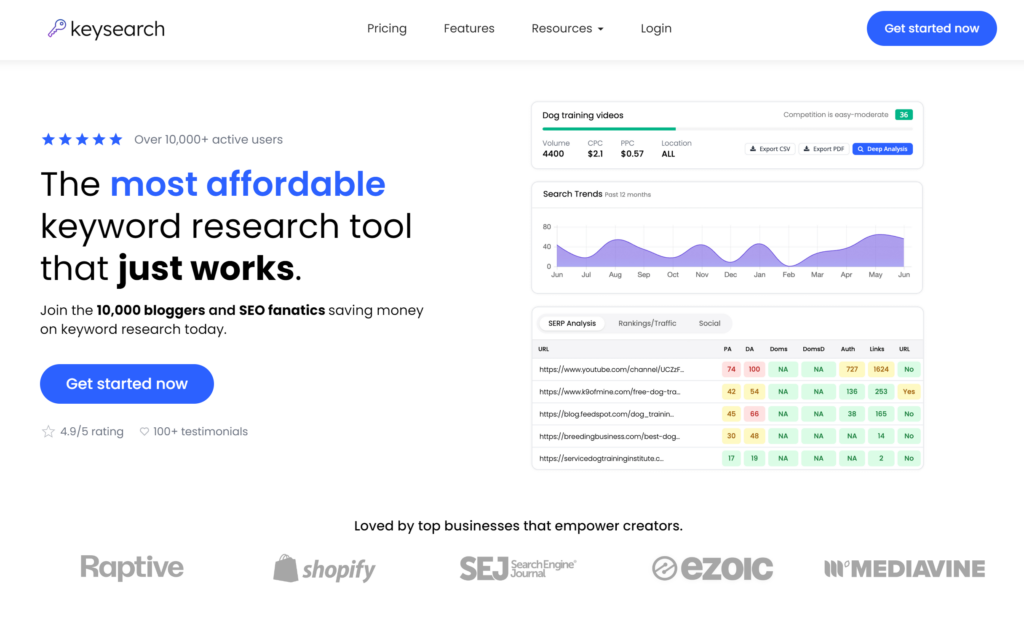Do you really know what your readers think about your content? Or are you just guessing? If you’re fuzzy on your content’s performance details, you’re not in the minority. Many of us get distracted executing our content strategy and forgetting to track key content metrics along the way.
If you’re new to content marketing, digging into analytics may feel intimidating, especially for solopreneurs who wear several hats simultaneously. But you don’t have to be a data scientist to understand your content’s impact.
These 15 simple content metrics are straightforward and beginner-friendly. They’ll give you insights into your audience and help you optimize your content strategy for success.
So, let’s look at each one!
Content Metrics for Optimizing Content Reach

The following metrics can help you understand how many people see your content and how it’s being shared. If you want to widen your content’s reach and improve overall brand awareness, these metrics should be at the top of your list.
1. Unique Visitors
A unique visitor is someone who visits your website for the first time in a given month. This key performance indicator helps you gauge how effectively your content marketing efforts attract new viewers.
Analytics tools like Google Analytics track unique visitors by using a unique ID for each browser. They are counted only once per month, regardless of how many pages they view.
This process provides valuable insights into your website traffic and helps you understand and improve your content marketing ROI over time.
By monitoring these engagement metrics, your marketing team can optimize content creation, refine your sales funnel, and enhance overall search engine optimization.
2. Traffic Sources
Knowing where your website traffic originates helps content creators better understand their audience, which helps shape an effective content marketing strategy. Analytics tools provide detailed insights into whether your visitors are coming from:
- Search engines
- Directly entering your URL
- Social media platforms
- Referral links
For example, an increase in organic search traffic can indicate successful SEO tactics, whereas a boost from social media might suggest that your posts resonate with your audience.
By analyzing these traffic sources, you can better align your marketing efforts with your target audience’s behavior and optimize your overall business strategy.
3. Click-Through-Rate (CTR)
Conversion rate is one of the most important metrics for assessing the effectiveness of your calls to action. This metric shows the percentage of visitors who take action on your site, such as signing up for a newsletter or buying a product.
Let’s say your latest blog post has a strong call to action, and 100 visitors lead to 10 sign-ups. That’s a 10% conversion rate. Tracking this helps gauge how effectively your content turns visitors into leads or customers, directly reflecting the success of your content marketing efforts and strategies.
4. SEO Ranking for Target Keywords
High keyword rankings mean that visitors flow to your site with minimal effort. Therefore, it is important to know which keywords are performing well in the search engines. Most entrepreneurs aim to rank in the first five search results with the selected keyword. Unsurprisingly, these results receive the most organic traffic.
It’s easy to track keywords in a dedicated tool, no matter which program you use:
- Save keywords to a list to track over time
- Select any custom filters you may want, such as the desired search engine and location
- Regularly check rankings and monitor the movement of your keywords
You may find that this is one of the more volatile content metrics, as search engine algorithms are constantly changing. However, by monitoring your keyword rankings regularly, you can stay on top of any changes and adjust your content or SEO strategy accordingly.
5. Backlinks Acquired
A backlink is a link from another site to yours. Backlinks are important to track because search engines like Google see them as votes of confidence. The more high-quality backlinks your site has, the more reputable it appears, which can significantly enhance your site’s domain authority.
You can use SEO tools to track your backlinks. Premium tools also let you see which backlinks point to your competitors’ sites, showing opportunities for link-building and content collaborations.
There are different types of backlinks, and some programs have features to help you analyze their quality. For example, receiving a do-follow link from a high-ranking website can have an even more significant impact on your SEO efforts than a no-follow link.
Content Metrics for Enhancing User Engagement


These content metrics offer insights into how your audience interacts with your content.
When you get clear on how your viewers engage with your content, you can optimize your strategy to grab their attention better, increase conversions, and drive brand loyalty.
6. Average Time on Page
Monitoring the duration visitors spend on a particular page reveals the effectiveness of your content. For instance, if a beginner’s guide on your site retains visitors for an average of four minutes, this indicates strong engagement and suggests the content is relevant and valuable.
Making more content similar to this guide could potentially attract more traffic and increase conversions.
7. Bounce Rate
The bounce rate shows how often people leave your site after viewing just one page. A lower rate suggests your content is engaging enough to keep visitors around.
You can establish bounce rate benchmarks to align with visitor expectations, simplify navigation, and ensure your pages load quickly to keep them engaged.
8. Pages Per Session
This metric tells how many pages a visitor checks out in one session. More pages mean they’re really digging into your content.
To improve these data points, use clear calls-to-action to guide users to the next step, link to related articles to keep them learning, suggest more content at the end of each page to maintain their interest, and offer interactive elements like quizzes or videos to enhance engagement.
Together, these approaches make your site more inviting and encourage deeper exploration, thus enhancing the overall engagement on your platform.
Are you seeing lots of comments and shares on your platform? Your content hits the mark, sparks conversations, and spreads through networks.
Tracking this metric helps you understand which topics actually get your readers to respond and engage with your content. It also signals which types of content resonate most so you can produce more of it.
Aim to create posts that invite interaction. Ask questions, encourage responses, or feature topics that fire up debate. You can also integrate social share buttons prominently to make sharing effortless.
10. Social Media Engagement
You can integrate social media data with Google Analytics to see how social engagements impact your website traffic. Here’s how to set it up:
- Configure social settings: Link your social media accounts in Google Analytics.
- Implement event tracking: Adjust your site’s tracking code to capture social interactions.
- Utilize UTM parameters: Enhance your social media links with UTM tags for precise tracking.
- Analyze social reports: Explore the “Social” reports in Google Analytics to analyze traffic from social networks.
This setup helps you understand the effectiveness of your social media efforts and their influence on website activity.
Content Metrics for Assessing Financial Impact


These metrics tie directly to your bottom line. They provide insights into the monetary value of your content marketing efforts and show how much revenue your content generates.
11. Conversion Rate
Conversion rate is an important measure that tells you how well your website convinces visitors to do something like buy a product or sign up for emails. You can check this rate using tools like Google Analytics.
To get better results, make sure your calls to action, like “Buy Now” or “Subscribe Here,” are clear and easy to find. Test different versions to see what works best.
A higher conversion rate means your website is doing a good job getting visitors to take action, which is great for your business.
12. Cost Per Click (CPC)
Cost Per Click, or CPC, is what you pay each time someone clicks on one of your ads. This number helps you understand how much money you spend to get someone’s attention. By tracking CPC, you can determine which ads are cost-effective and which aren’t pulling their weight.
Lowering your CPC means you’re getting more clicks for your budget, which is great for stretching your advertising dollars further.
13. Cost Per Acquisition (CPA)
Cost Per Acquisition measures how much it costs to acquire a new customer through marketing efforts. This metric is crucial because it shows whether the money you spend on marketing is turning into customers.
By monitoring CPA, you can adjust your strategies to ensure you’re investing in campaigns that bring in customers without overspending.
14. Return on Investment (ROI)
Return on Investment, or ROI, tells you how much profit you make from your marketing investments. It’s like checking if the money you put into ads or content creation is paying off.
A high ROI means your strategies are working well and making more money than they cost. Keeping an eye on ROI helps you decide where to put your money to keep growing your business.
15. Revenue Per Content Piece
Revenue Per Content Piece helps you see which content is actually making money, making it one of the most valuable content metrics. This could be a blog post, a video, or a social media update. Understanding this helps you know which types of content are popular and profitable.
By creating content that engages and generates revenue, you can more effectively use your resources and boost your overall profitability.
Our Favorite Tools for Tracking Your Content Metrics
Now that you know which content metrics to track, it’s time to invest in the best tools to analyze and improve your content marketing strategies. I can relate to the overwhelming feeling of having numerous tools to help you track and monitor your efforts.
Luckily, there are a few stand-out options that I’ve personally found useful:
Google Tools


Google offers free options for tracking and analyzing content performance. I recommend connecting your business with both Google Analytics and Google Search Console to track as many content marketing metrics as possible.
These tools are free, so I and many other budding entrepreneurs use these platforms to track data. While there’s plenty of room for growth, Google provides a perfect starting point to track your content metrics.
Setting up Google Analytics is fairly easy. You need to add a tracking code to your website’s header. Google Analytics will start tracking and analyzing user engagement, acquisition, and behavior data.
SEMRush


SEMrush is one of the top tools for tracking content metrics. With its comprehensive insights and additional features, it surpasses Keysearch in functionality. It lets you conduct effective keyword discovery, social media content performance analysis, and brand mention monitoring.
This platform also evaluates ad campaign success and overall digital visibility, making optimizing your content strategy much easier.
SEMrush helps marketers understand audience engagement, SEO progress, and competitive landscape, enhancing content metrics and marketing efforts.
Learn how to measure content marketing ROI in this SEMRush review.
Keysearch


When you’re ready to go deeper into SEO, Keysearch steps in – unlike Google’s tools, Keysearch gives you detailed insights on keywords worth targeting. It shows how many people search for these keywords and how tough the competition is.
You can watch how your site ranks for certain words over time. It lets you peek at your competitors, track backlinks, and get detailed reports. Google trackers don’t do these things with nearly as much complexity, making Keysearch a smart choice for boosting your site’s search ranking.
Learn more in our comprehensive Keysearch review.
Final Thoughts: Content Metrics You Need to Track
Armed with this guide to essential content metrics, you’re now poised to elevate your content marketing strategy from guessing to knowing.
Don’t shy away from these metrics; instead, see them as your allies on the journey to achieving your business goals. Even the smallest adjustments to your strategy can lead to significant leaps in engagement, reach, and success.
